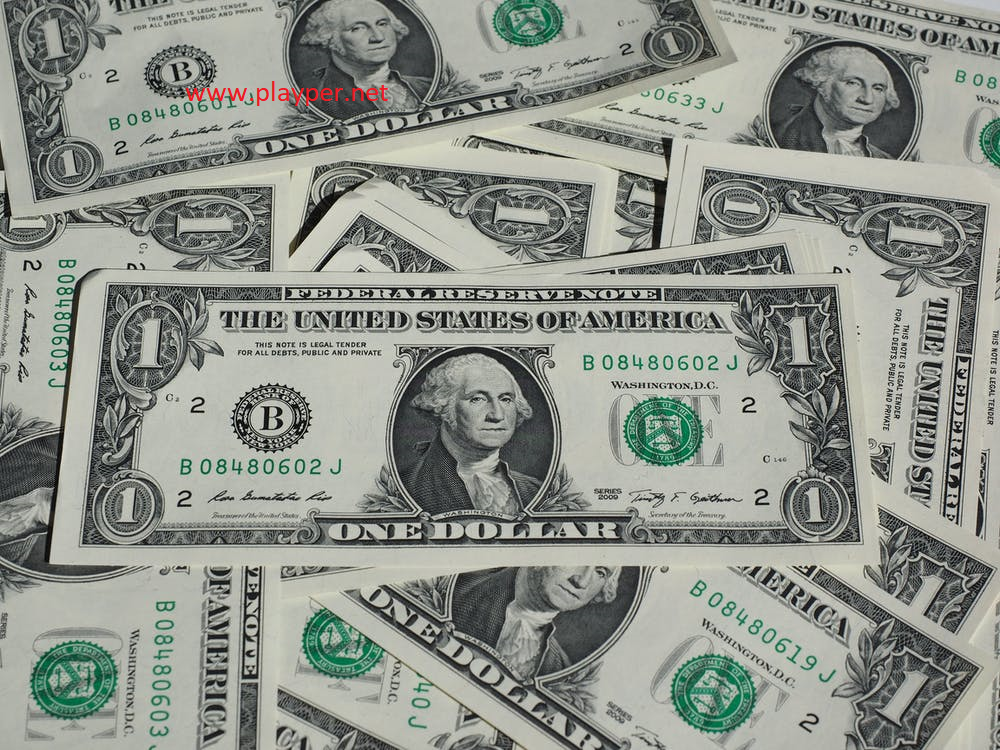1. Introduction to Euro to dollar exchange rates and their history.
If you’re
looking to exchange Euros for dollars, or dollars for Euros, you’ll need to know
what the Euro the dollar exchange rate is. The exchange rate is how much one
currency is worth in terms of another dollar to Euros, the exchange rate is
always changing. That’s because the value of each currency is constantly
changing over all other currencies.
The Euro to the dollar exchange rate is important because it can have a big impact on how much
money you get for your Euros when you exchange them for dollars. For example,
let’s say the exchange rate is 1 Euro to 1.20 dollars. That means that for
every Euro you have, you can get 1.20 dollars. So, if you have 100 Euros, you
would get 120 dollars.
However,
if the exchange rate changes from 1 Euro to 1.30 dollars, that means that now for
every Euro you have, you can get 1.30 dollars.
2. Discussion of factors that influence Euro to dollar exchange rates.
The euro-to-dollar exchange rate is one of the most important factors in determining the
relative strength of the two economies. A strong euro indicates a strong
European economy, while a weak euro indicates a weak European economy. Several factors can influence the euro to the dollar exchange rate,
including:
-The strength
of the European economy relative to the US economy. If the European economy is
doing well, while the US economy is struggling, the euro will likely rise against
the dollar.
-The interest
rate differential between the European Central Bank and the Federal Reserve. If
the ECB is raising rates while the Fed is keeping rates low, this will tend to
strengthen the euro.
-The relative
levels of inflation in the US and Europe. If inflation is higher in Europe than
in the US, this will tend to weaken the euro.
-The
relative levels of government debt in the US and Europe. If government debt is
higher in Europe than in the US, this will tend to.
3. Comparison of Euro to dollar exchange rates between major currencies.
Several factors can affect the exchange rate between two currencies,
such as economic indicators, political stability, and central bank policy.
However, one of the most important factors is the relative demand for each
currency. The demand for a currency is affected by several things,
including trade flows, tourism, and investment.
The demand for
the euro has been relatively strong in recent years, thanks to the relatively
strong economies of the eurozone countries. This has helped keep the euro’s value high against other currencies, including the US dollar.
However,
there are signs that the demand for the euro could weaken in the future. This
is because of the ongoing problems in the eurozone, such as the high levels of
debt in some countries and the slow pace of economic reform. If these problems
continue, the euro will likely weaken against other currencies,
including the US dollar.
4. Review of factors that affect Euro to dollar exchange rates.
The Euro to the dollar exchange rate is affected by several factors. These include economic
indicators, political factors, and market sentiment.
Economic
indicators can have a big impact on the exchange rate. For example, if the
Eurozone economy is doing well then the Euro is likely to strengthen against
the dollar. This is because investors will be looking to buy Euros to
invest in the Eurozone.
Political
factors can also affect the exchange rate. For example, if there is uncertainty
surrounding the future of the Euro then the exchange rate is likely to be
affected. Market sentiment is also important. If investors are feeling positive
about the Euro then the exchange rate is likely to be higher.
5. Discussion of the impact of Euro to dollar exchange rates on the global economy.
The euro to the dollar exchange rate is one of the most important in the world. It directly
impacts the global economy in several ways.
The most
obvious is that it affects the relative prices of goods and services in the two
currencies. A higher euro means that goods and services priced in euros are
relatively more expensive for dollar-holders, while a lower euro makes them
relatively cheaper. This has a direct impact on demand and can lead to shifts
in trade patterns.
The euro-to-dollar exchange rate also impacts capital flows. A higher euro makes it more
attractive for investors to put their money into euro-denominated assets, while
a lower euro makes dollar-denominated assets more attractive. This can lead to
changes in the relative investment levels in the two economies and can have an
impact on economic growth.
Finally,
the euro-to-dollar exchange rate can also have an indirect impact on the global
economy through its effect on other exchange rates. A higher euro makes the
dollar relatively more expensive compared.


